
Which Hong Kong Street Zi Char?
Mention “Hong Kong Street” and dishes like Fish Head Beehoon, San Lou Hor Fun, and Har Cheong Gai immediately come to mind. As far as I know, the original zichar that gave rise to this culinary association is Hong Kong Street Chun Kee, which I first wrote about back in 2006. They’re still going strong at their Bukit Merah location and remains their only outlet.
Over the years, however, the number of zi char with the name “Hong Kong Street” has proliferated across the island, especially after a 1997 article spotlighted their signature fish head beehoon soup. Many of these restaurants were started by chefs who once worked at the original Chun Kee and later branched out to open their own zichar stalls. One notable offshoot is Hong Kong Street Chun Tat Kee, which now has six outlets around Singapore. That said, the standard can vary between locations—as you might gather from checking the Google reviews.
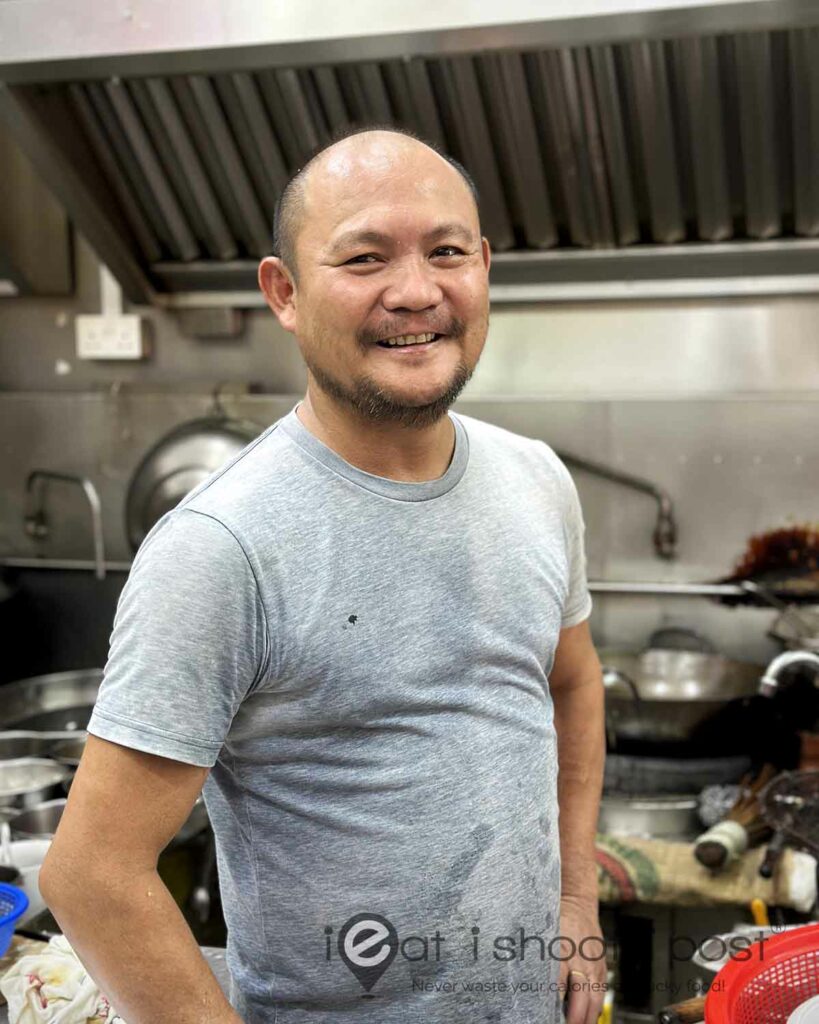
A Chinese Chef Named “Ali”
The outlet we’re reviewing today is one of the good ones! Previously located at Changi Road for nine years, it just relocated to Ubi Avenue 1 in January this year. The man behind the wok is owner-chef “Ali”, whose brother runs the Hong Kong Street Chun Tat Kee chain of restaurants. However, this particular outlet is fully owned and operated by Ali himself who is still the one doing most of the cooking. Before Changi, he spent his first nine years at Telok Kurau. The fact that the owner is also the chef makes all the difference here.
Review of the dishes
Curry Fish Head
We began our review with the Curry Fish Head which was the reason my friend, Cactuskit, recommended the place. These days, many zi char places can put together a decent curry fish head, thanks to the availability of pre-made sauces. So what sets this one apart is that Chef Ali still makes his own rempah from scratch and uses fresh Ang Goli (Golden Jobfish).
I’ve always believed that the type of fish used is a good indicator of how serious a restaurant is about their curry fish head. The better establishments insist on wild-caught species like Ang Goli or Emperor Snapper, instead of the more commonly used farmed Red Snapper. (You can check out my Fish Files for more insights into these local fish varieties.)
The curry here is the rich, coconutty kind, with just a hint of tanginess which is perfect with rice. The fish head was fresh, clean-tasting, and perfectly steamed. It might not be the very best in town, but you won’t regret having a bubbling claypot of this on your table. 4.25/5
Har Cheong Gai
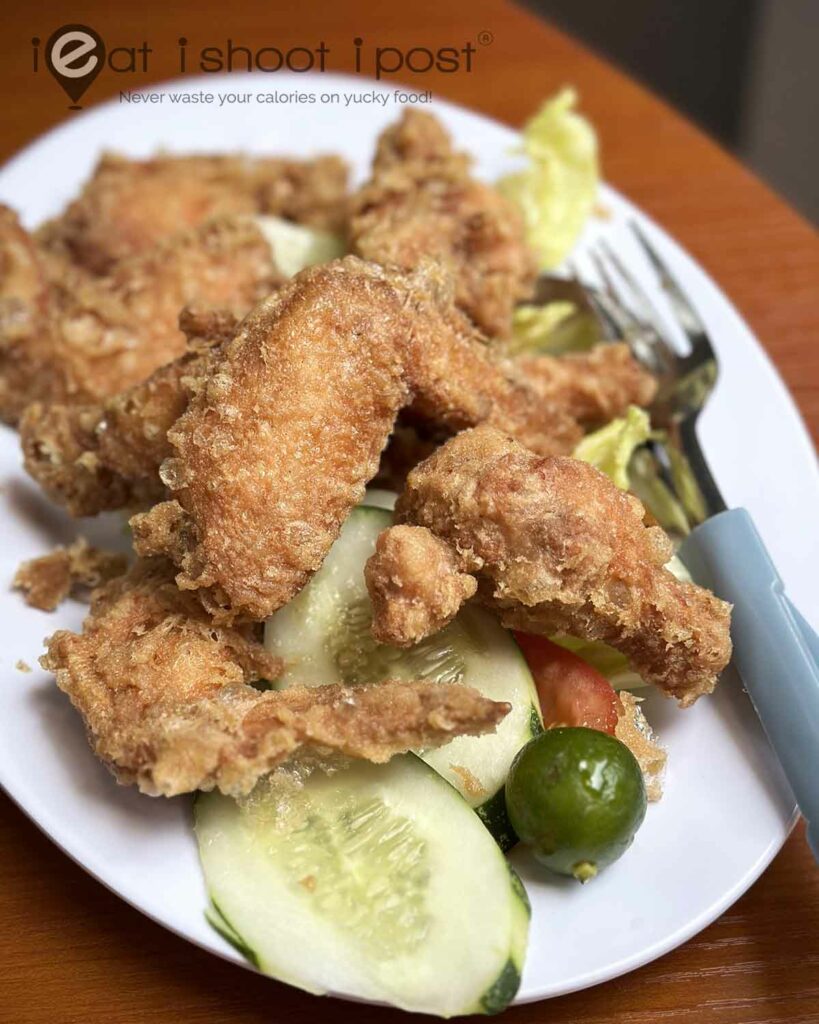
Next up was the Har Cheong Gai, which featured a light, crispy batter and was beautifully marinated. The distinct umami punch of Hong Kong-style fermented shrimp paste really came through with each bite. It’s definitely one of the better versions I’ve come across. 4.25/5
San Lor Hor Fun
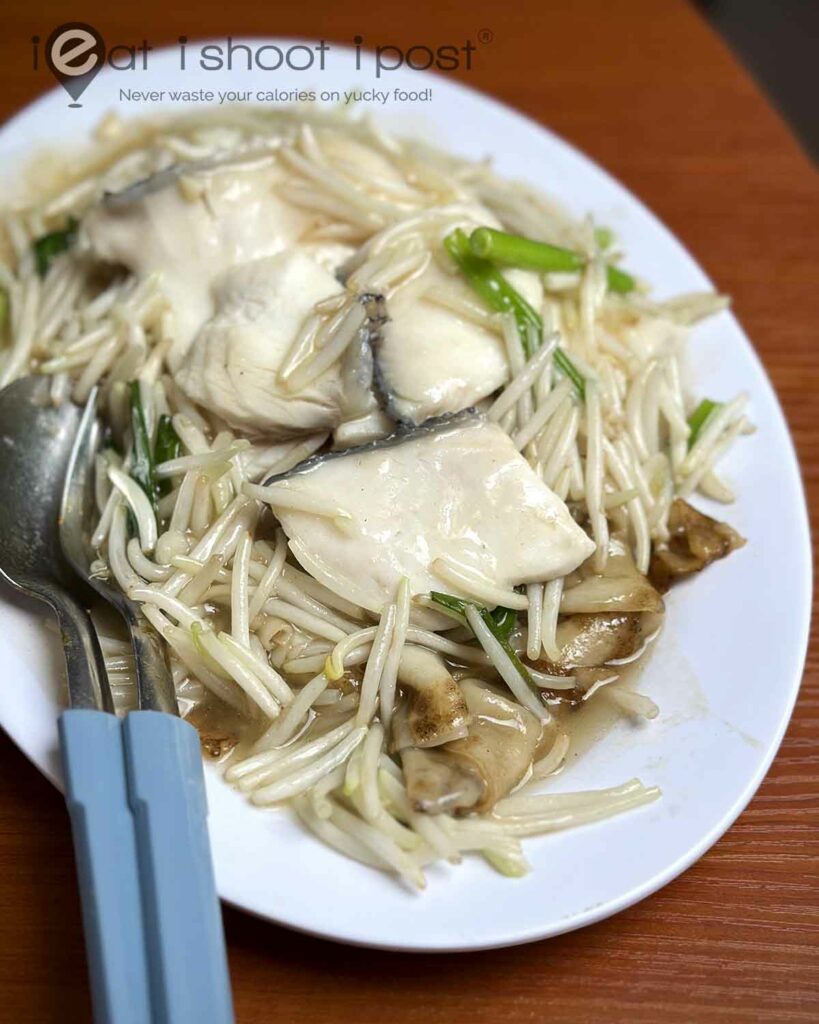
The San Lor Hor Fun definitely delivers on the wok hei, with fresh, firm slices of fish that pair well with the smoky, well charred hor fun. While it may not be the best I’ve ever had, it’s certainly very solid and satisfying. 4.25/5
Fish Beehoon Soup
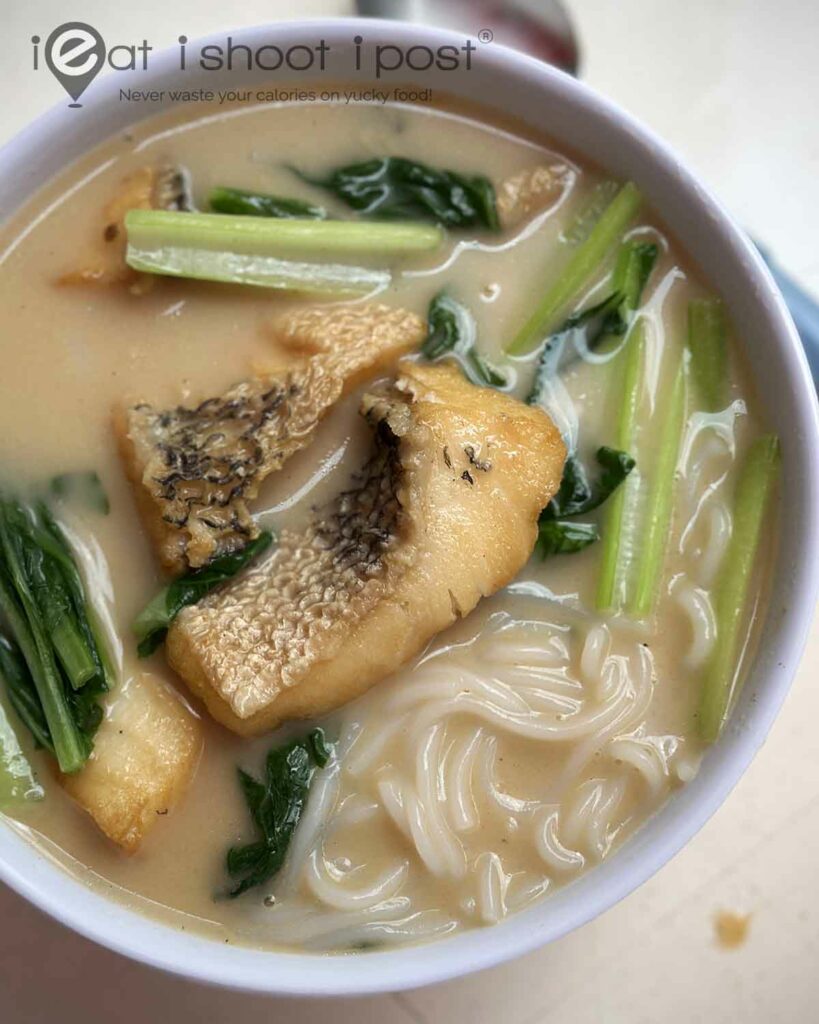
The fish soup was a bit of a letdown. As one of their most well-known signature dishes, I had fairly high expectations. While the fish slices were thick and fresh, the broth itself lacked the depth and umami I was hoping for. It just didn’t quite deliver the velvety umami satisfaction that makes for a great fish soup. 4/5
Fish Head Bittergourd
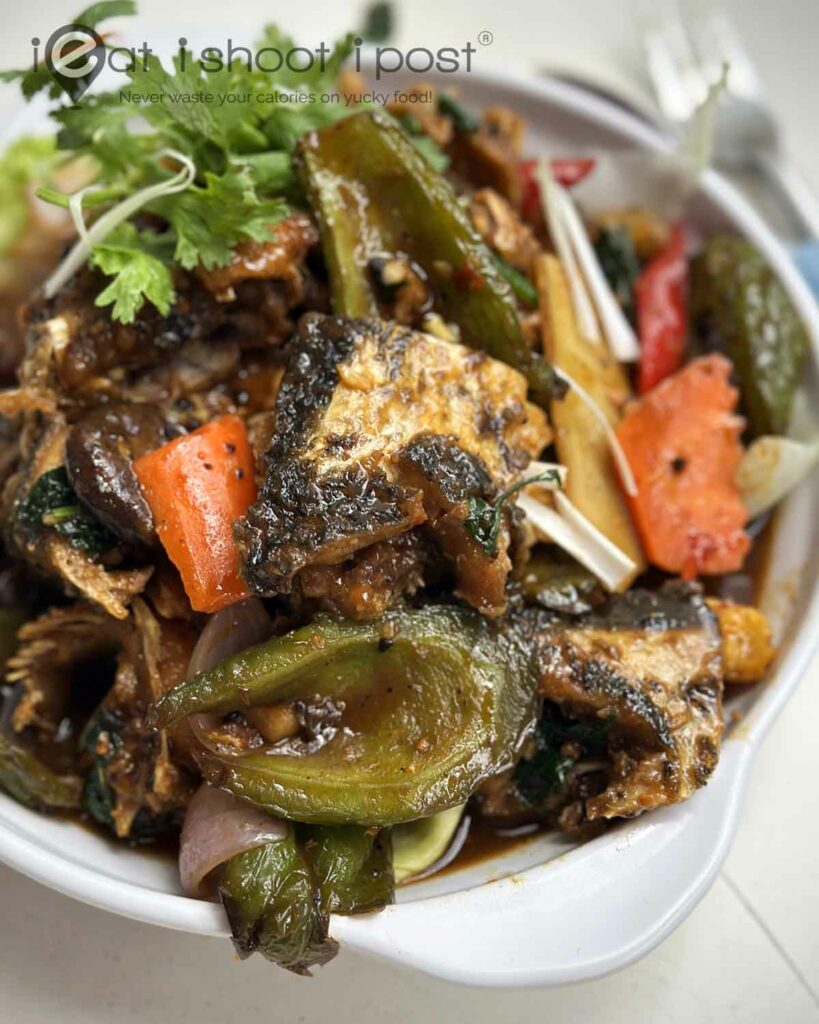
This zi char spot offers plenty of dishes that are just begging to be eaten with a bowl of rice—and the fish head with bittergourd is another good example. If you’re craving this classic Cantonese favourite, this is definitely one place that serves up a shiokalicious dish. 4.25/5
Cuttlefish Kangkong

Cuttlefish Kangkong used to be much more popular in the past. Nowadays, the number of hawker stalls have dwindled and I can’t even think of a place that still does it well. Chef Ali is rightly proud of his dish. The cuttlefish is thick, yet tender with each piece meticulously sliced to showcase his knife skills. The piquant sauce has enough punch. Good dish to have on the table as the sweetness of the sauce lends a nice contrast to the other richer dishes. 4.25/5
San Bei Ji (3 Cup Chicken)
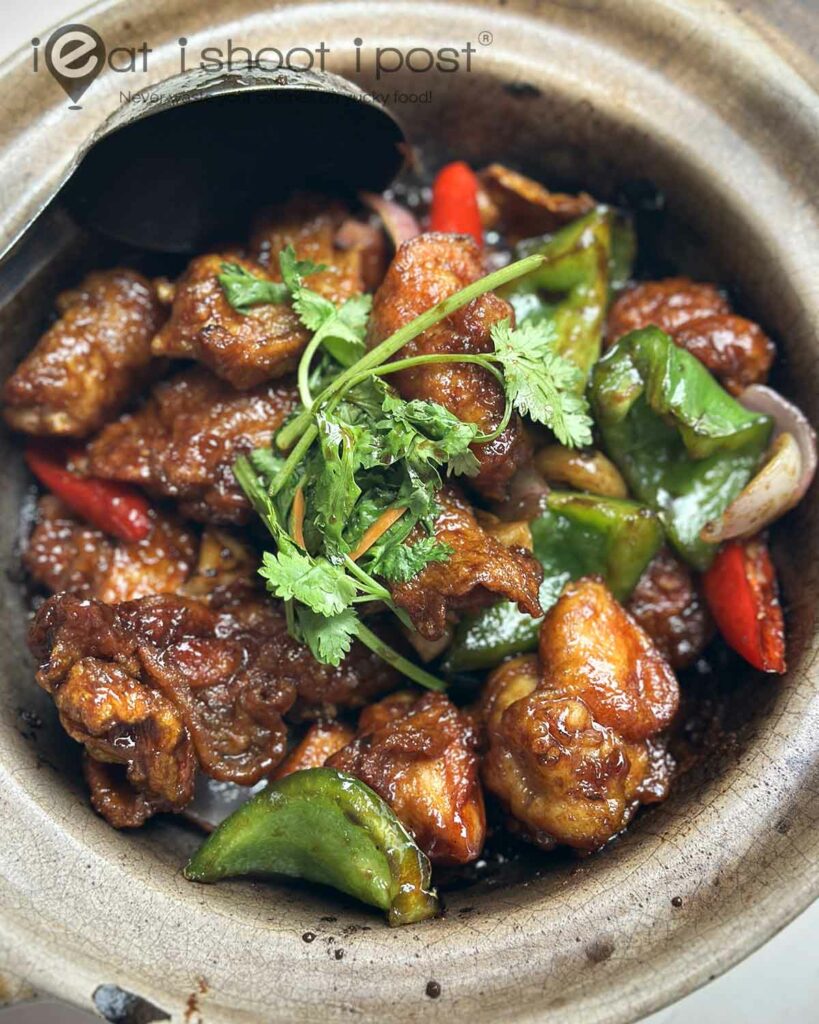
The San Bei Ji here would have been excellent—if only it hadn’t been called San Bei Ji. The dish lacked the hallmark fragrance of sesame oil and basil that typically defines this classic. That said, taken on its own terms, the fried chicken in a sweet, piquant sauce was very well-executed. The pieces were juicy, nicely marinated, and the sauce was well-balanced, making it a satisfying dish that pairs beautifully with rice. 4/5
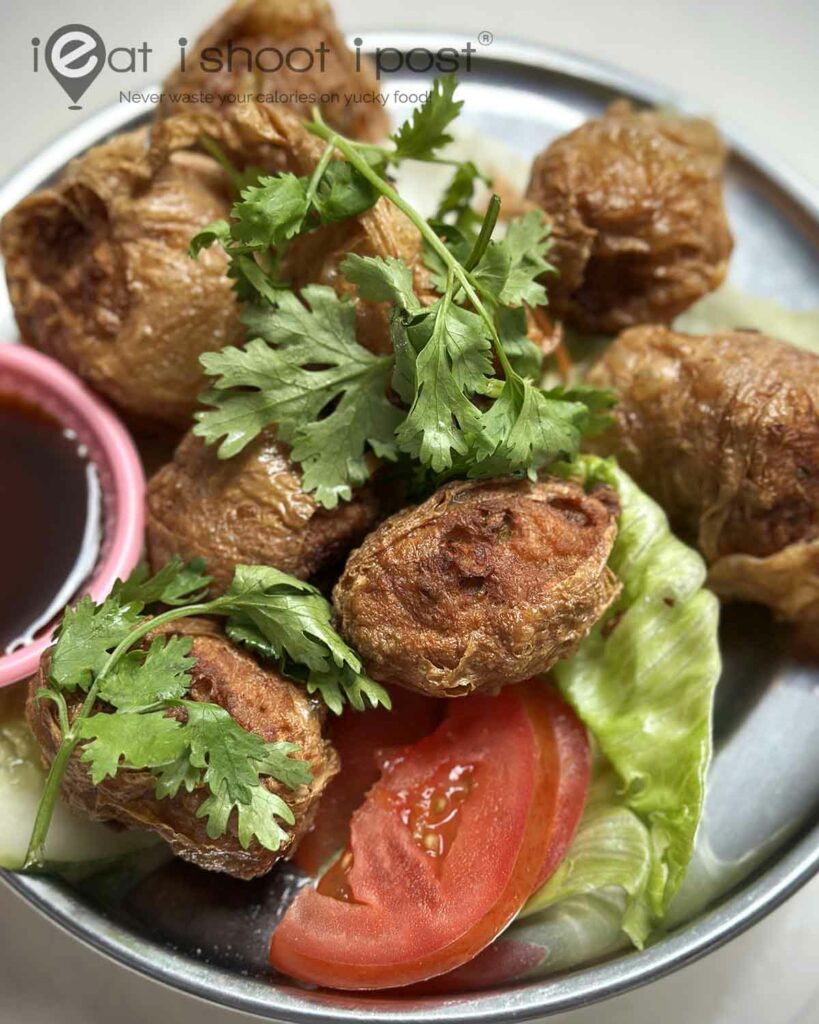
Their house-made Hae Zhor is worth ordering. The filling has a pleasant, loose texture, indicating that minimal starch was used as a binder. While it contains more meat than prawn—making it technically a Ngoh Hiang than Hae Zhor—the two terms are often used interchangeably in the local context. 4/5
Hotplate Tofu
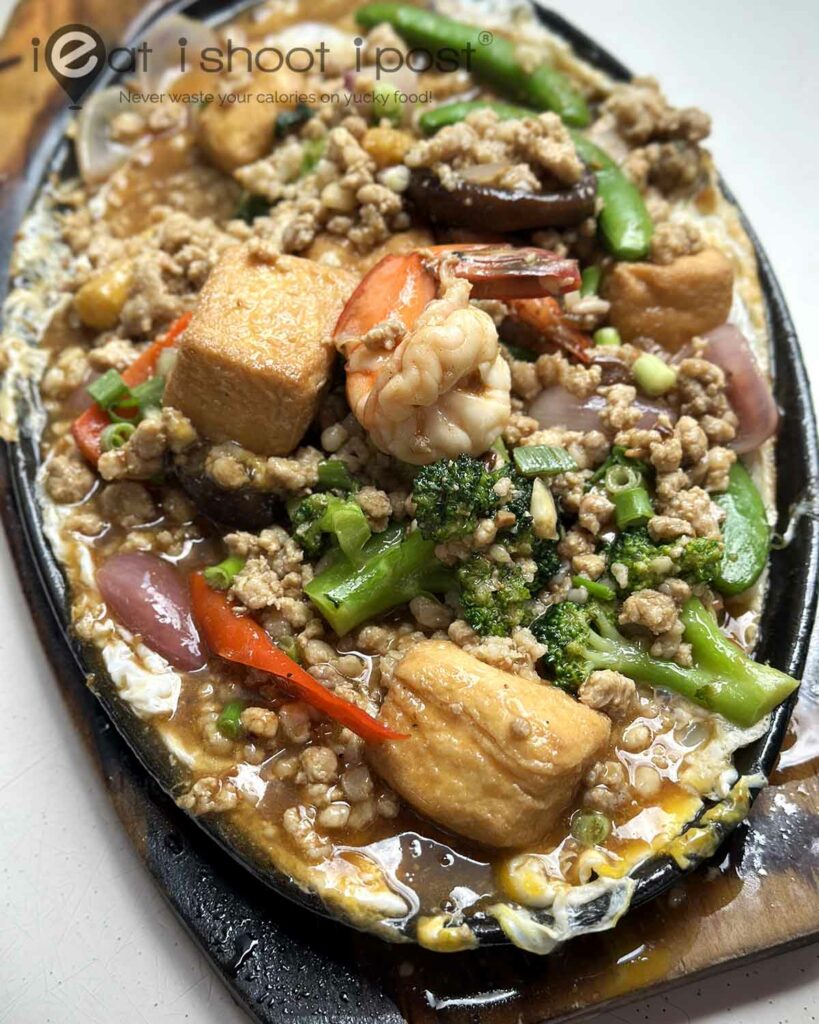
While most of the other dishes stood out as well above average, the hotplate tofu was a major letdown. Despite the generous portion of minced pork, the sauce lacked depth and flavour, making it unlikely to be a dish I’d order again. But I would have to say that it is still better than some of the renditions by other zi chars that I have tried before. 3.5/5

Conclusion
An excellent zi char spot to consider for your next gathering! While there may be several Hong Kong Street Chun Tat Kee outlets across the island, this particular one stands out as the only branch personally helmed by a Chef owner that still does the cooking. Highlights include the curry fish head, cuttlefish kangkong, and fish head with bitter gourd, all of which are well-executed and worth ordering. Most of the other dishes are also well worth the calories. The major letdown was the fish head beehoon soup, which, despite being a signature dish of the Hong Kong Street brand, didn’t quite make it!




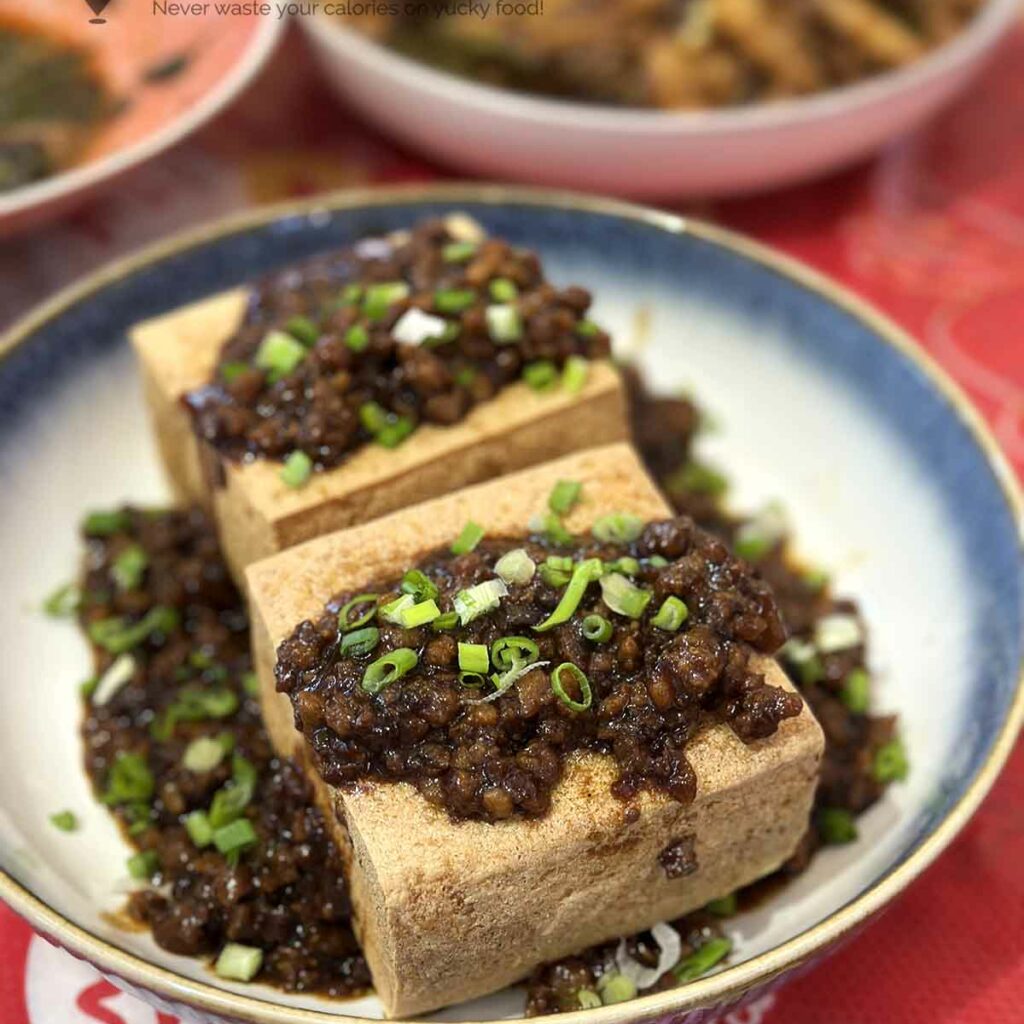
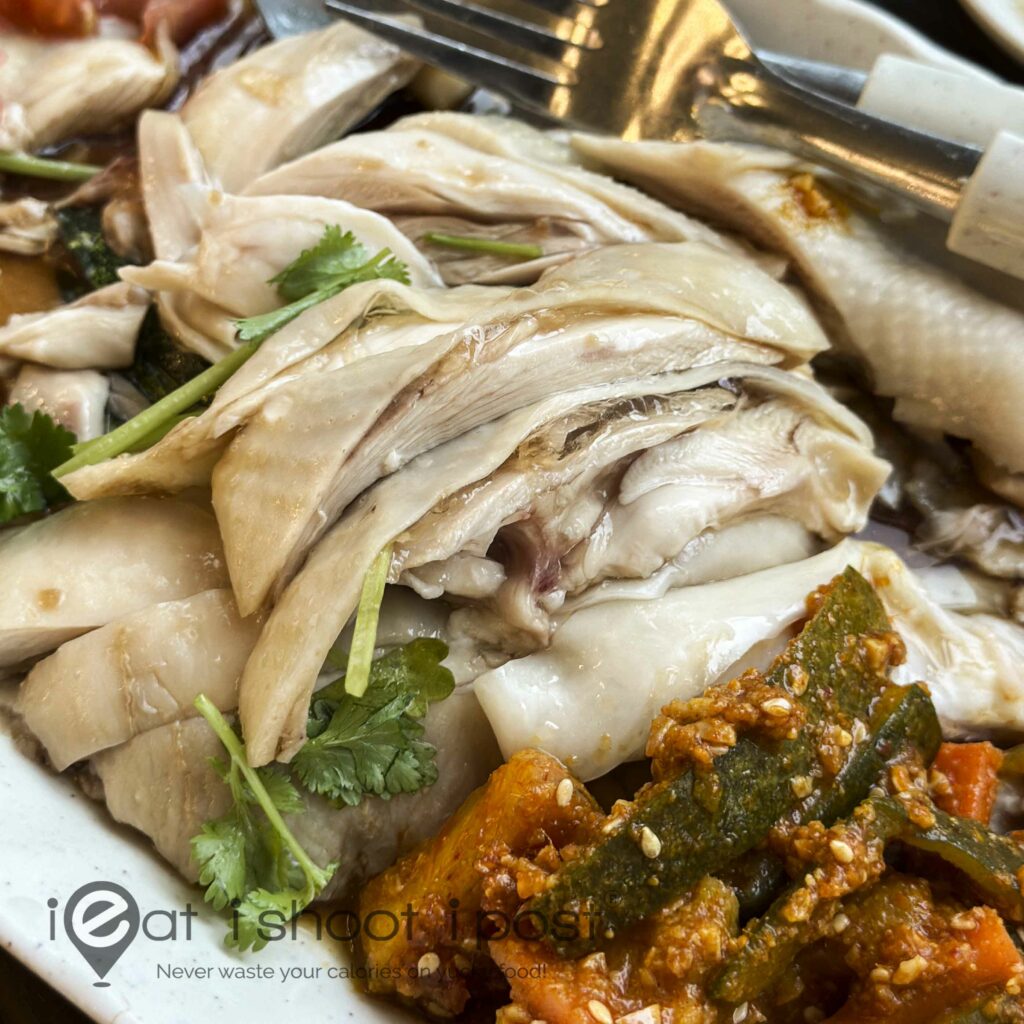
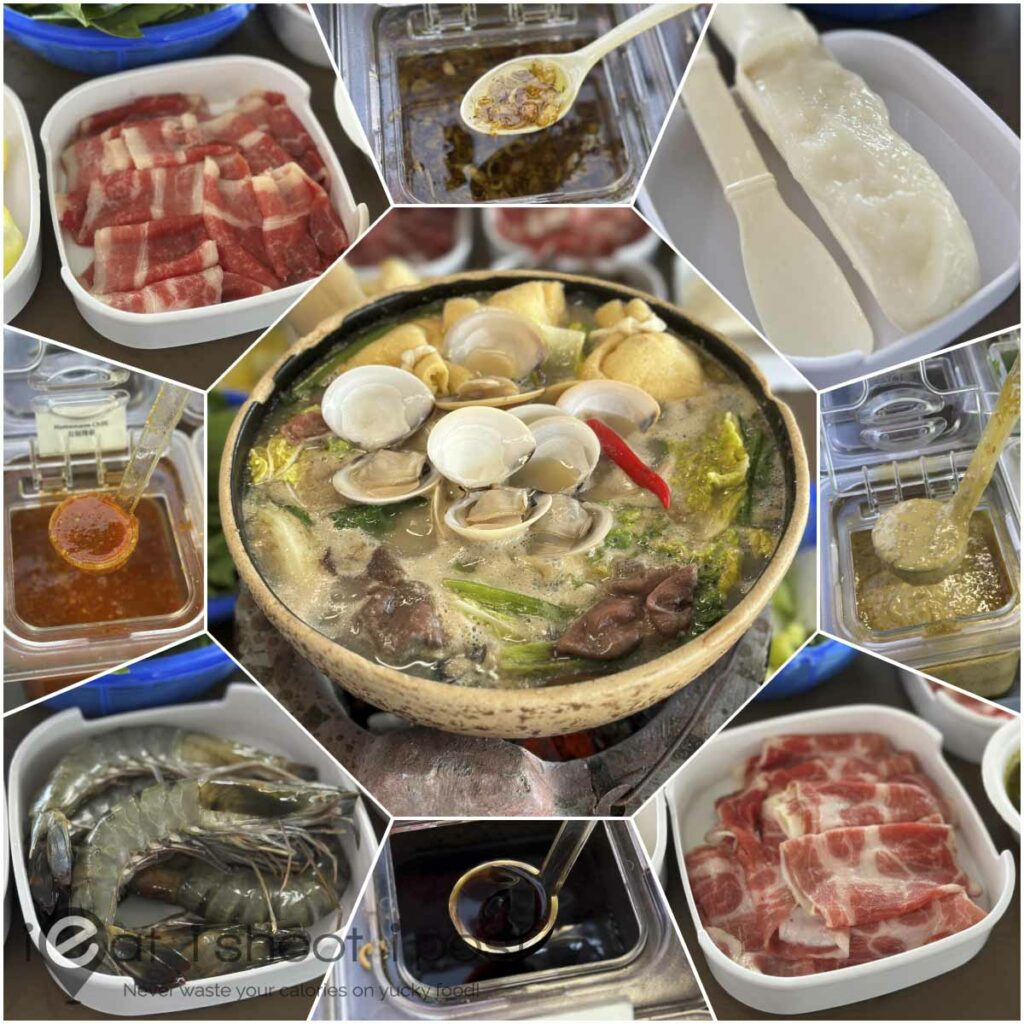

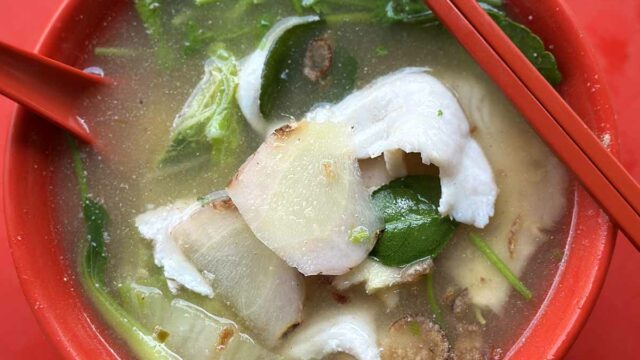




which in your view is BEST curry fish head in SINGAPORE?
Hard to say at the moment